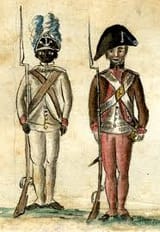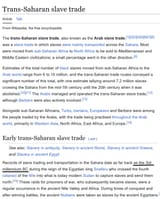>>17909247
I did some research instead talking out of my ass here is what I found
>beginning in the 1680s many of the largest planters began assigning black and white field-workers to separate residential and work units, a change that improved their chances for cutting costs and for minimizing
disruptive contacts between Africans and European servants
>By separating slaves from servants, slaveowners likely also hoped that the enslaved would have fewer opportunities for learning what European servants considered a fair daily task.
>mixed work groups limited planters’ ability to fully exploit enslaved laborers. Blacks who had been brought into the region before the mid-1670s, a group Ira Berlin has termed the “charter generation,” were hardly model slaves. As a
result of living and working with indentured servants who shared, at least
temporarily, a common bondage, enslaved blacks often gained fluency in English, a mastery of English customs and laws, familiarity with economic exchange and the Christian religion, and an intense desire for freedom. As large planters acquired more slaves, physical separation of black workers enabled them not only to intensify labor requirements and cut maintenance costs but also to deny the new arrivals any opportunity to become part of mainstream
TLDR = Indentured servants and enslaved Africans often worked together in the same tasks until the late 1600s, when large planters increasingly separated them to limit solidarity, tighten control over enslaved labor, and ultimately replaced most white servants with slaves.
Source : Motives of Honor, Pleasure, and Profit
Plantation Management in the Colonial Chesapeake, 1607-1763 Page 380-385





